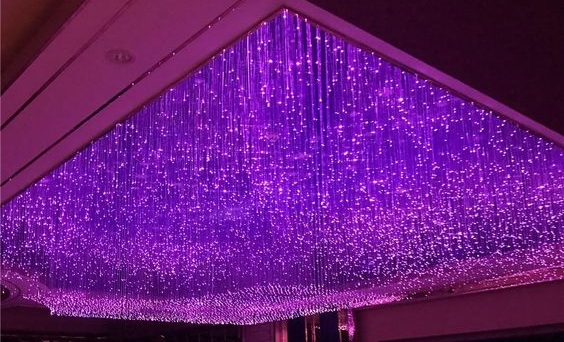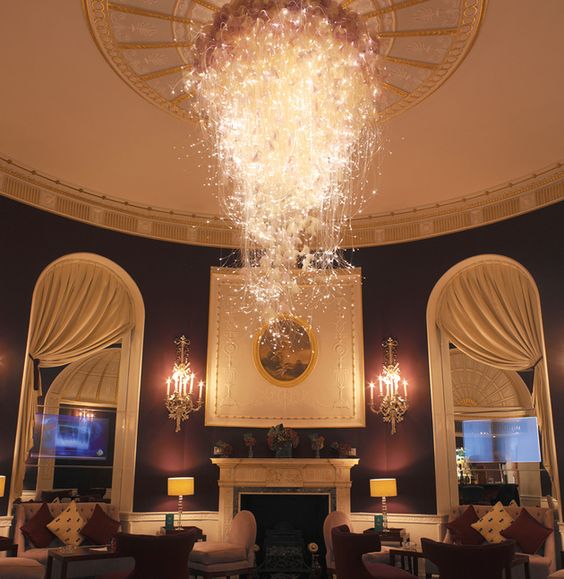
Fiber optics, or optical fiber, refers to the medium and the technology associated with the transmission of information as light pulses along a glass or plastic strand or fiber. Fiber optics are used long-distance and high-performance data networking, but it can be used for transmitting both illumination as well as communications. A variety of components make up a complete fiber optic lighting system, including the illuminator, light guide, port, connector, coupler, ferrule, and fixture.

Which advantages does it show?
Heat-free lighting
The fiber optic does not heat up, allowing it to be used near flammable or heat-sensitive material.
Electrical safety
This type of lighting is very safe. One of its main characteristics is that the light source can be in a totally different place. This allows us to use it as underwater lighting. In addition, the voltage used by this type of lighting is very low.
Durability.
Colour variety
The same source allows us to obtain different colours of light. This is perfect for creating pre-programmed sequences or using fixed colours for chromotherapy.
Simpler installation
It does not need to install so many electrical cables as other lighting systems.
Easy Maintenance
When lighting hard to access areas like high ceilings and difficult light sources, the source can be in an easily accessible location and the fiber in any other place.
Precise Spotlighting
Optical fiber can be combined with lenses to provide carefully focused light on extremely small spots, popular for museum exhibits and jewelry displays, or simply light a specified area precisely.

Fiber optics are one of the most significant inventions in our history. Currently more than 2 billion kilometers of optical fiber is deployed around the world.


